![]() Windy
Windy
 WeChat
WeChat
 WhatsApp
WhatsApp
Click:460 seen
Field knife as a field survival, exploration of the necessary equipment, but there are many kinds of field knife, how to distinguish its practicality, the following to give you a detailed introduction to a few common field knife.
1. Pocket knife
Generally, small folding knives without locking device or sheath are collectively referred to as pocket knives or pocket knives. Its size is not specified, but the blade length is generally less than eight centimeters.
The folding knife was used by the Roman army about 2,000 years ago, but the design of the sliding joint, or Spring back, which holds the blade up by a spring, was introduced in the late 17th century. With this device, the safety of the folding knife is greatly improved. In Europe, the small knife became a popular prop for ladies and gentlemen, and the industrial city of Sheffield, England, as the center of mass production.
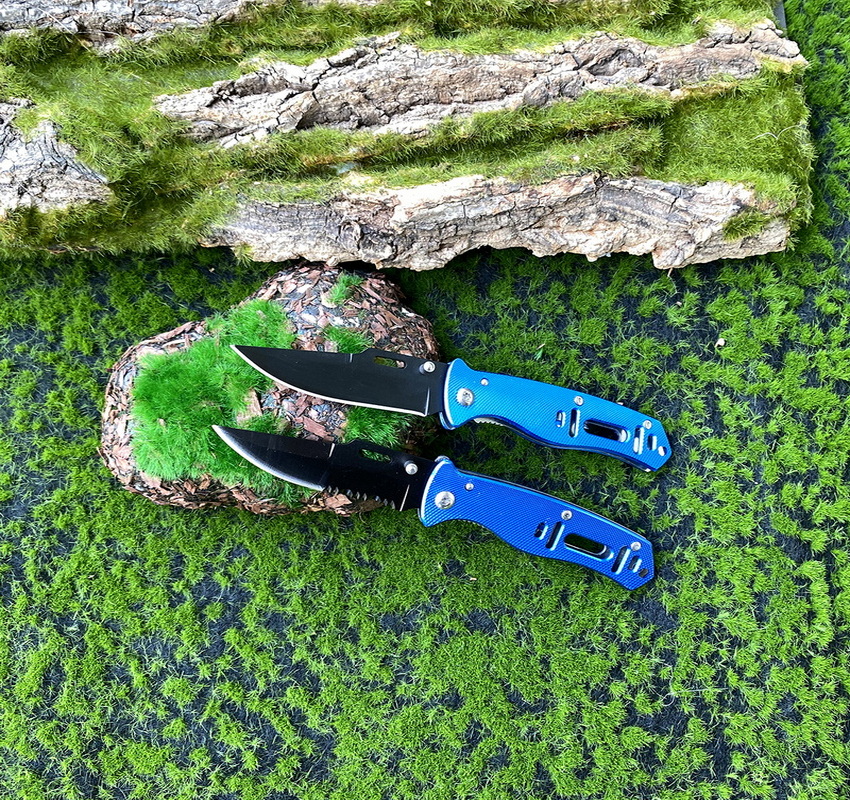
2. Multi Tool knife
The so-called tool knife is a multifunctional pocket knife. In addition to being used for cutting, there are a number of tools with other functions. Due to the convenience of use, the armies of all countries are used as one of the equipment, so it is also commonly known as the army knife.
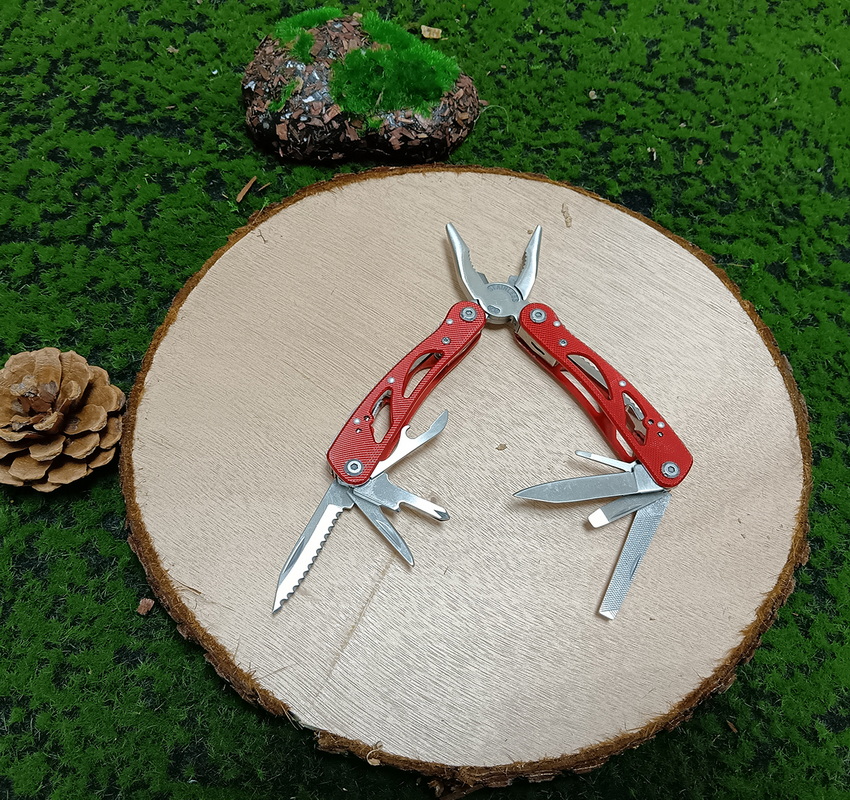
3.Pliers knife
This is a small universal tool with flat nose pliers as the main body, plus knives and other tools, also known as the utility pocket knife (UPT).
In terms of individual performance, the UPT is not as good as a dedicated tool, but it is small and practical, whether in the home or the field, has sufficient value.
For heavy-duty backcountry travelers carrying tools, this is a real "iron claw" for grabbing hot cookware during cookouts, pulling freshly heated food bags from hot water, pulling baking items wrapped in aluminum foil out of the fire, repairing faulty stoves, bending wire into desired shapes, and so on.

4. Switch blade
A switch blade, or automatic knife, that opens with the help of a spring or other force through a button or joystick switch, was invented around the 18th century and by the middle of the 19th century had been manufactured in large quantities for use as a protective body. It was not until after the 20th century that they were actually included in the field of sporting knives and began mass production.
This combination of portable folding and scabbar-knife sharpness, coupled with quick handling, has made it a favorite knife for robbers in the United States. So, after 1950, almost all states outlawed the possession of such knives.

5. Hunting knives and fishing knives
In hunting, where knives are used most frequently, many specialized knives for different purposes have been developed. Among them, there are bending peeling knives for peeling.

If you're looking for a versatile, versatile knife in the hunting world, look for a semi-skinner, drop Point, and filet knife, among others.
In areas where hunting is not popular, hunting knives are not commonly used. Instead, fishing knives are used. This kind of knife designed for the purpose of stripping fish, mainly have boning knife and filet knife two kinds.
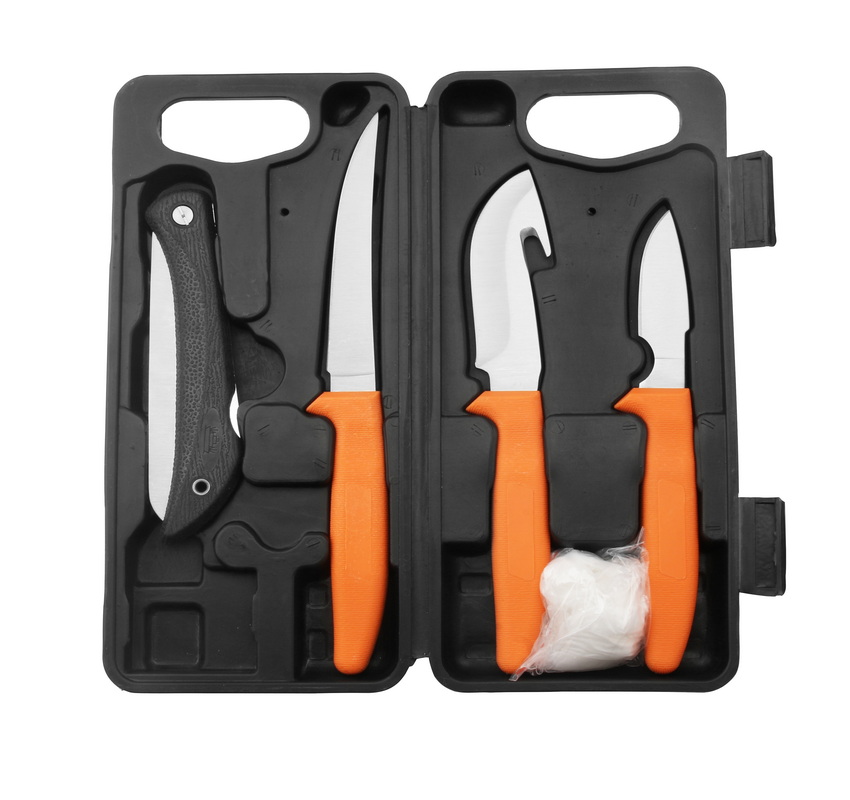
6. Survival knife
Survival knives are multifunctional knives that can be used to deal with emergency situations in the field.
However, life-saving activities related to the natural environment can vary from case to case in emergency situations, and there are no tools available to deal with all situations. So, it's important to anticipate the worst case scenario and choose the right knife.
Features of a survival knife
One of the distinguishing features of a survival knife is the saw-shaped blade. It can deal with hardwood, bone, plastic, ice, strong rope and other materials that are not easily cut by ordinary knives.
Survival knives with sharp serrated blades on the back should be treated as double-sided blades if sharpness is required.
However, if safety is required, the sharpness of the edge will become worse, and it is difficult to achieve the state of both functionality and operation.
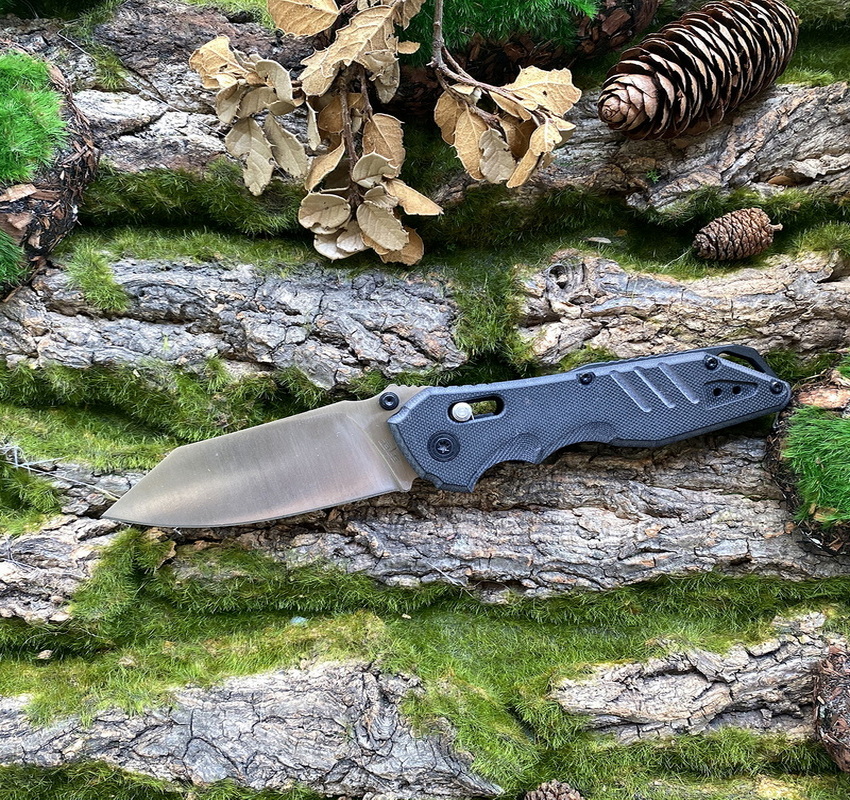
7. Fighting Knife
Fighting knife, also known as combat knife or cold weapon,with universal combat practical knives.
The widespread use of tactical knives was a matter of World War I. Through fierce trench warfare and white - edged attack and defense, a variety of tactical knives appeared. Most of them have nothing to do with directionality. The most notable are the double-edged knives that can be cut and stabbed, and the knuckle guard that can be used in combat.

8. Climb mountain
To make your way through the undergrowth, you have to cut tangled vines and branches, and a folding knife won't work. Even a medium scabbard knife is quite laborious to use. In this case, I am afraid that only firewood knife or bush knife can be used.
As this is the general term for large swords, the shapes of the blades are also varied, such as the Kukuri daggers (used in Nepal, Sikkim and Tibet) modeled after the Gurkhas. There are quite a few knives with very heavy heads, all of which rely on the weight and firmness of the whole knife for cutting tasks.
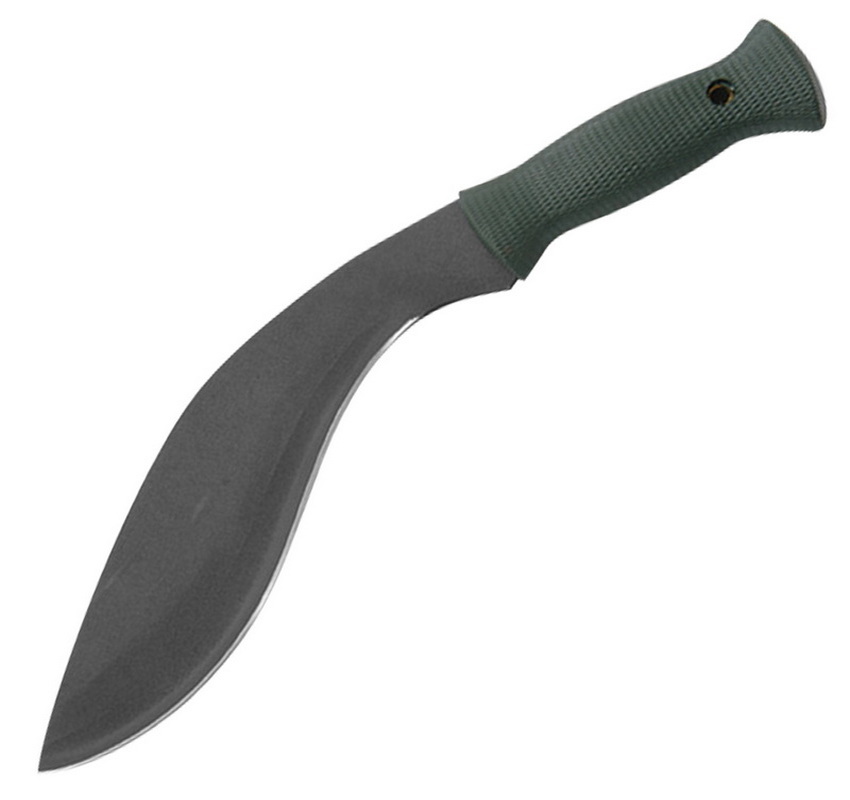
The types of blades are two-sided (V-shaped blade) and flat blade. Although the V-shaped blade is more common, it should be noted that the knife tends to bounce back on the surface when cutting due to the difference in cutting Angle. Sharp single edge, although it is not easy to spring back, but if you do not consider the thickness of the object, blindly cut down, the knife will often be stuck and can not be pulled out, so it is still good to use both sides of the blade.
